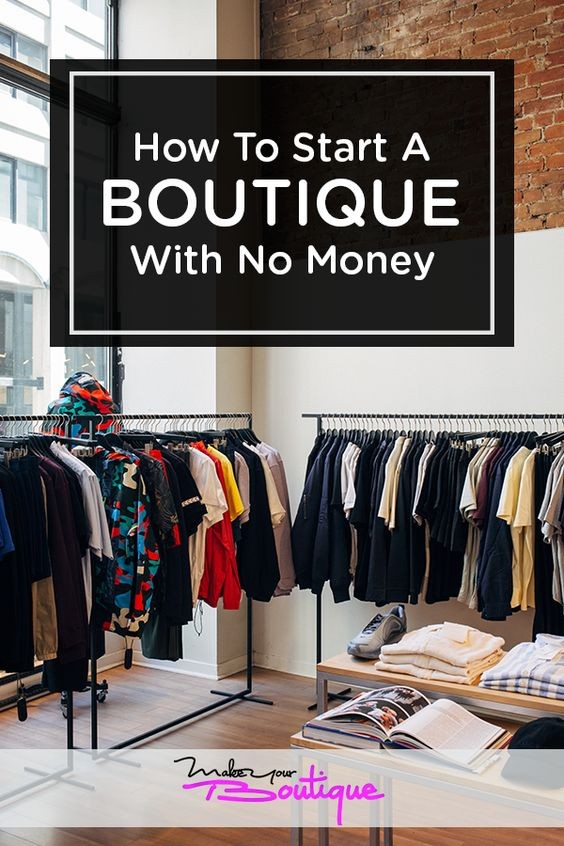Starting a Boutique with No Money: Your Step-by-Step Guide to Fashion Entrepreneurship
Introduction
Dreaming of opening your own boutique but lacking the funds to get started? Don’t let financial constraints deter you. With creativity, resourcefulness, and strategic planning, you can launch a successful boutique with little to no upfront investment. This guide will walk you through the essential steps to turn your fashion dream into a thriving reality.
Step 1: Develop Your Business Plan
A well-crafted business plan is your blueprint for success. Outline your boutique’s vision, target market, and unique selling proposition. Include a detailed analysis of your competitors and a marketing strategy. Even if you’re starting with no money, a clear business plan will help you stay focused and attract potential investors or partners.
Step 2: Leverage Social Media
Social media platforms are powerful tools for promoting your boutique without spending a dime. Create accounts on Instagram, Facebook, and Pinterest to showcase your products and build an audience. Use engaging content, such as high-quality photos, videos, and stories, to attract followers. Interact with your audience regularly to build a loyal community around your brand.
Step 3: Source Products Wisely
Finding inventory without money can be challenging, but it’s possible. Consider these strategies:
Consignment: Partner with local designers or artisans who are willing to provide products on consignment. This means you only pay them once an item sells.
Dropshipping: Work with suppliers who offer dropshipping services. You won’t need to invest in inventory upfront; instead, you’ll only purchase products when you make a sale.
Thrift and Upcycle: Source unique items from thrift stores or flea markets and upcycle them. Adding your creative touch can turn inexpensive finds into boutique-worthy pieces.
Step 4: Utilize Free Online Platforms
Set up your online store using free e-commerce platforms like Shopify’s free trial, WooCommerce on WordPress, or Big Cartel. These platforms allow you to create a professional-looking online storefront without significant upfront costs. Additionally, leverage free design tools like Canva to create eye-catching graphics and promotional materials.
Step 5: Network and Collaborate
Networking is crucial for growing your boutique. Attend local fashion events, trade shows, and community markets to meet potential customers and industry connections. Collaborate with influencers or bloggers who align with your brand’s aesthetic to gain exposure. Offering them a commission on sales generated through their referrals can be a cost-effective way to market your boutique.
Step 6: Offer Pre-Orders and Crowdfunding
To generate initial capital, consider offering pre-orders for your first collection. This approach allows you to gauge interest and secure funds before producing the items. Alternatively, launch a crowdfunding campaign on platforms like Kickstarter or Indiegogo. Share your boutique’s story and vision, and offer exclusive rewards to backers.
Step 7: Focus on Customer Experience
Providing exceptional customer service can set your boutique apart from competitors. Offer personalized styling advice, prompt responses to inquiries, and hassle-free returns. Happy customers are more likely to become repeat buyers and refer others to your boutique.
Step 8: Keep Overheads Low
To maximize your resources, keep your overhead costs as low as possible. Operate your boutique from home or a shared space initially to avoid rental costs. Utilize free or low-cost marketing channels like social media, email newsletters, and word-of-mouth referrals. Be mindful of your spending and prioritize investments
that directly contribute to your boutique’s growth.
Conclusion
Starting a boutique with no money is undoubtedly challenging, but with determination and strategic planning, it’s entirely possible. By leveraging free resources, building a strong online presence, and focusing on customer satisfaction, you can turn your passion for fashion into a successful business. Remember, the key to success lies in your creativity, resilience, and ability to adapt to changing circumstances. Good luck on your entrepreneurial journey!






